Let’s just get the easy part out of the way and answer the basic question: what is augmented reality? In layman’s terms, augmented reality is viewing the real world with an extra virtual layer that adds extra information to the benefit of the user. A more archaic example would be a HUD on an aircraft, but that isn’t exactly a wearable device you can take to dinner. In reality, we’re looking for data displays that can be worn inconspicuously, or at least comfortably, and that can deliver large quantities of information to the user. That information may or may not be customizable, and the augmented reality unit itself can come in various form factors. In modern media, there are two big examples of augmented reality that we can look at to further explain.
The most known and famous is likely Google Glass, which is simply a glasses frame fitted with an optical head-mounted display, or OHMD. Using voice commands, the device can perform many of the functions users typically do on their smartphone, but without the need to take a device out of one’s pocket or look away from a task at hand. A touchpad supplements the voice command software, and a camera is also integrated for shooting of photos and videos.
Another piece of kit that people may not consider to be augmented reality is Oculus Rift, the much hyped gaming accessory that looks ready to make us swivel our heads about in dark rooms instead of using computer monitors. However, with the simple fitment of a camera, Oculus is transformed into a stereoscopic augmented reality display that can function from ways mundane to extreme. Because the focus is on the hardware, developer kits allow programmers to create software that is much more in depth and robust. Known applications include virtual tourism, education, modeling, mechanics, therapy, and medicine. A surgeon using Oculus Rift or a similar unit could have all your vitals on display at all times while simultaneously viewing your body with overlayed MRIs, all before even he starts cutting.
What we have, then, is a very useful technology that is still in its infancy. Like the internet in the late ‘90s, we’re not quite sure how things will shape up yet, how we’ll accept these devices in terms of privacy, and exactly what we’re supposed to do with them. What we do know is that the technology will likely take several different routes based around user needs, and that our advancement should accelerate as prices come down and the equipment becomes more prolific. As we love to say in cyberpunk, the street finds a way. New things are coming, and they’ll be coming from new places. That should hold us over until we jump to bionic eyes, anyway.
Like what you see here? Spread the word and support indie authors! Follow me on Facebook or Twitter. Find me on Smashwords and Kindlemojo.
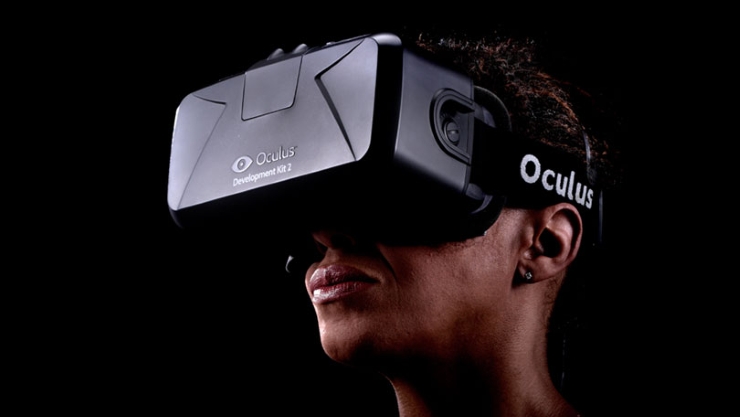
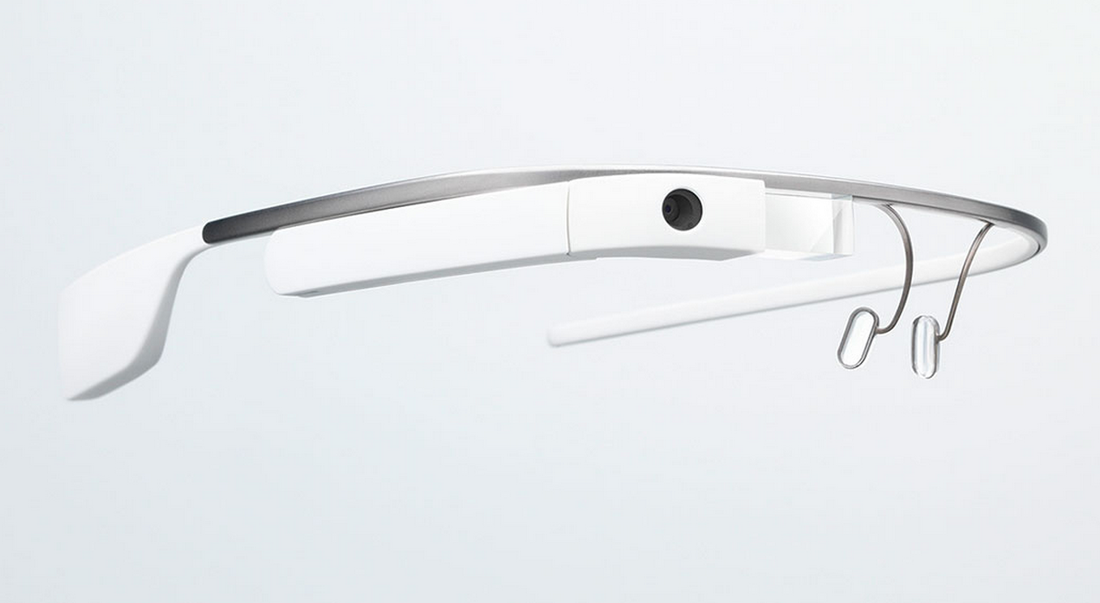
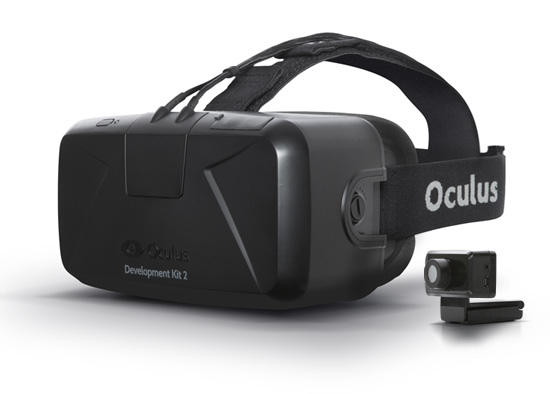
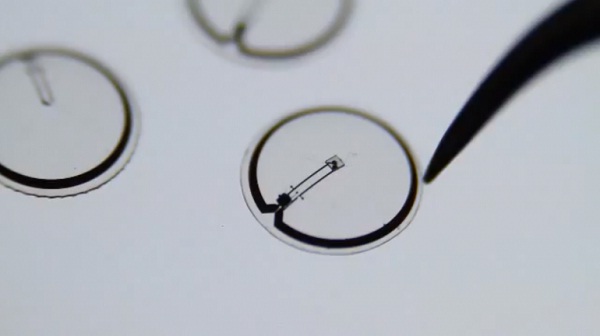
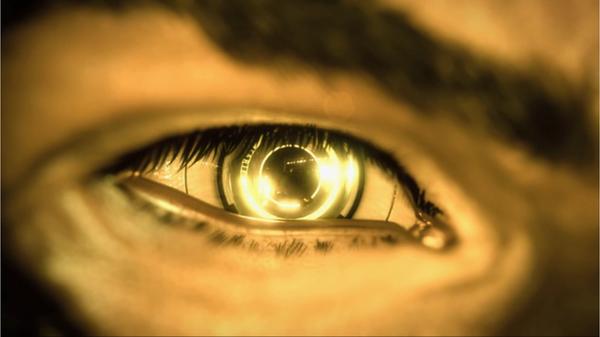
 RSS Feed
RSS Feed